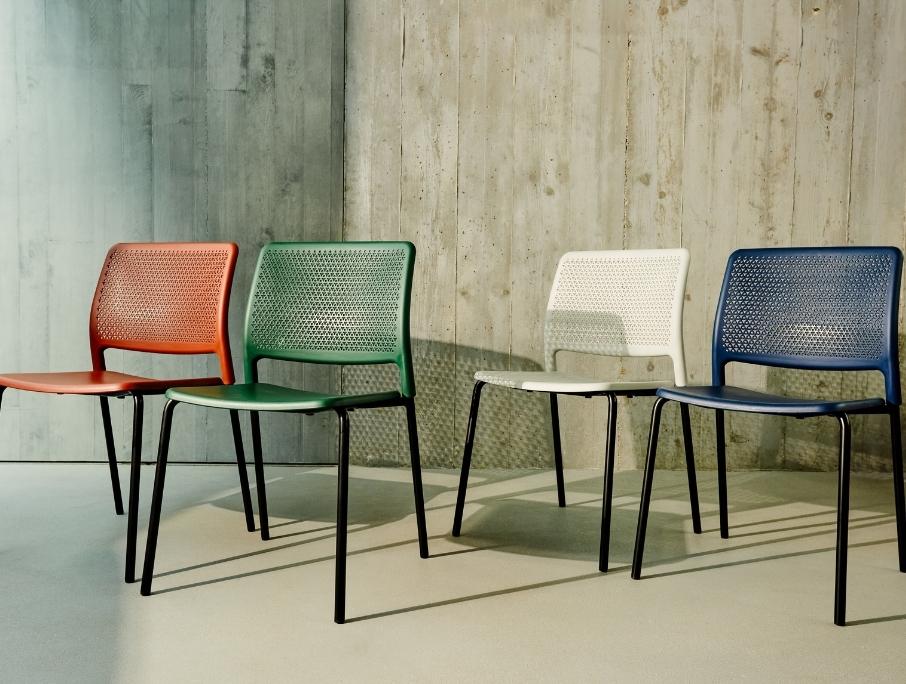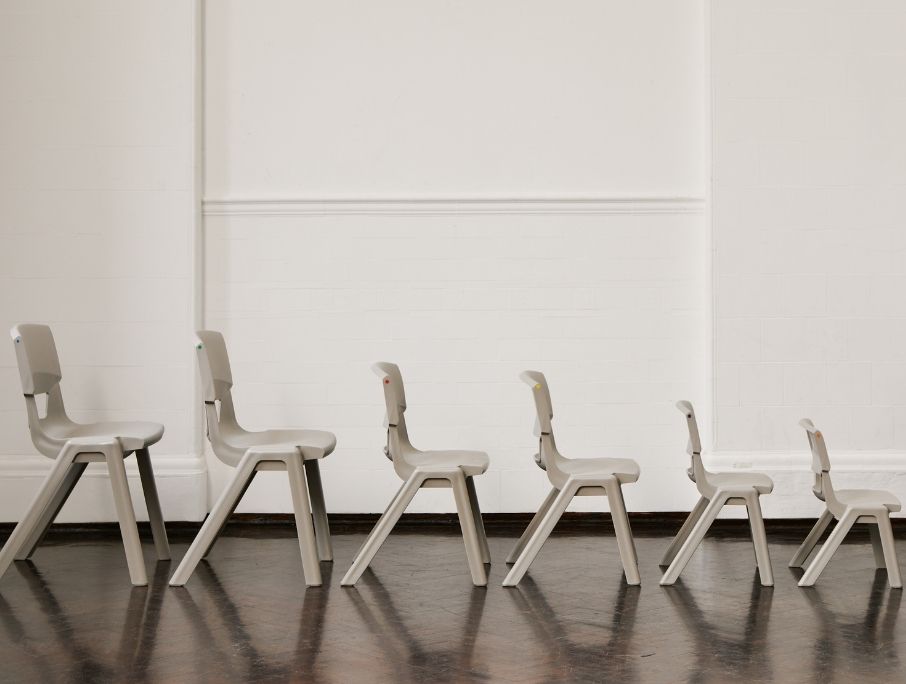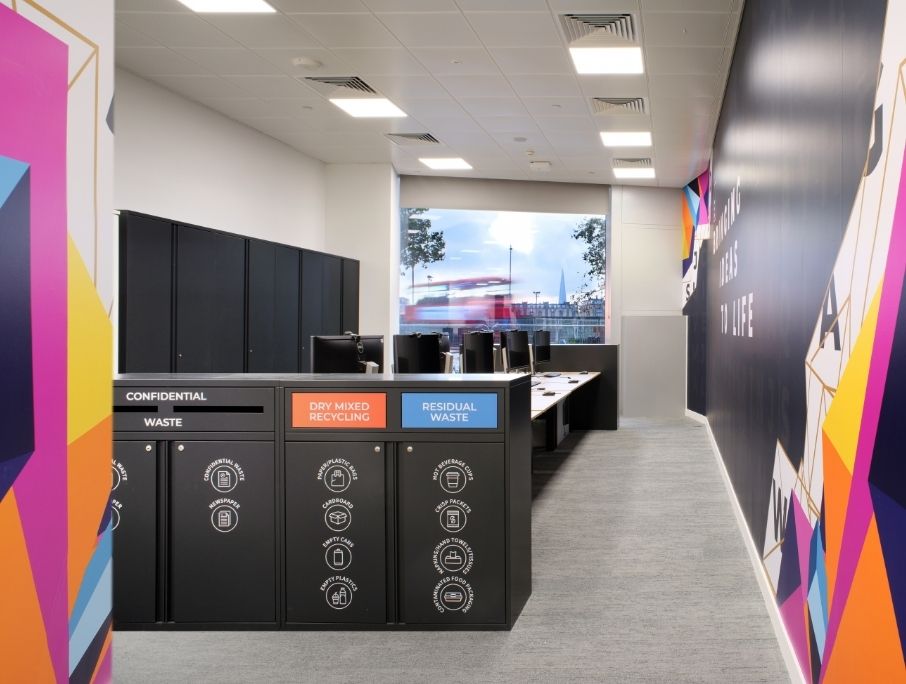How Can Schools Be More Sustainable?

Is yours an eco school? Would you like it to be? How well is it doing in working towards sustainability goals? It’s an important consideration as so many schools have large carbon footprints. But, all is not lost. There are numerous ways that you can reduce your school’s environmental impact.
Children are very aware of the environmental damage caused by those who went before them, and what that means for them and the next generations. According to UNICEF research, 95% of children are concerned about climate change. They’ve grown up with this doom-filled awareness of environmental disaster hanging over them. Empowering them to make powerful changes and work towards a more sustainable future is a way to channel that fear into positive action.
Here, we’ll share some practical solutions and environmental initiatives for schools looking to become more energy efficient, and ways to involve children and the whole school community.
What steps can schools take to reduce their carbon footprint?

36% of the UK’s entire public sector building emissions come from schools and universities. As the place where children and young people learn, it’s important to role model making positive changes to reduce your school’s carbon footprint. Here are some environmentally friendly steps you can take on your school’s sustainability journey.
Food
Tonnes of school food is wasted every year. Admittedly, some of this food waste is unavoidable, but it can certainly be reduced. This has the dual benefits of reducing food costs as well as waste. Strategies such as controlling portion size, responding to student feedback on likes and dislikes, and monitoring what gets wasted will help you to make better choices that will reduce food waste.
The way you handle the inevitable food waste is important too. Involve students in the process so that they can learn good recycling habits, and about biodegradability. Set up compost bins for food scraps. The contents can be used in the school garden or flower beds.
Energy efficiency
High energy consumption is really costly for schools so it pays to implement energy-efficient practices. There are simple swaps like using energy-efficient LED bulbs. Involve kids in energy-saving practices like switching off lights and computers to reduce energy consumption. Then there are more involved initiatives like using renewable energy, installing solar panels or heat pumps which can make a significant impact on energy usage and bills.
Waste management
Reduce the amount of waste that winds up in landfill by encouraging everyone in schools to reuse and recycle. Place recycling bins in convenient places to make this healthy habit part of their daily routine. Encourage the use of reusable water bottles instead of single-use plastic bottles.
Aim for zero waste with incentives for classes to reach this goal. You can always start with a zero waste day or week to raise awareness of sustainable waste management and to kick start good habits of recycling and reusing.
Travel
A great way to reduce carbon emissions is to decrease the numbers of people driving to school. Carpooling, cycling or walking to school will contribute to better air quality and lower traffic congestion around the area too. That benefits the whole local community, not just the school community.
Green spaces
Not all schools are lucky enough to have spacious green play areas. But even the most concrete-heavy school grounds can introduce more natural elements like planters, planting walls or green roofs. Creating green spaces on school grounds is a great way to improve sustainability and support local biodiversity.
Getting kids involved in planting and nurturing flowers, fruits and vegetables is a fun and educational activity to get them in touch with nature. Outdoor learning is really beneficial. When they get involved in growing plants, it can encourage them to make more healthy food choices - trying different fruits and vegetables for example.
Environmental education for young people
Environmental topics have become part of our children’s education. It’s important to engage school staff and students on your sustainability journey. Collaboration, creative thinking and a sense of purpose can bring the school community together on a shared mission to improve the school’s environmental impact.
Encourage kids to teach older generations and spread good practice to the wider local community too. Joint initiatives with local libraries or community groups can get more people to make positive steps on the sustainability journey.
How can classrooms be more sustainable?
Look around your classroom. What could you change to make it more sustainable? There are probably multiple electrical devices in the learning space. Encourage everyone to switch them off when they’re not in use to reduce energy consumption.
How about the furniture you use? Classroom furniture gets put to the test daily, so it needs to be hard-wearing, long-lasting and easy to clean. Choosing furniture with a long lifespan and that acts as part of a circular economy can help to eliminate contributions to landfill. Plastic often gets a bad press, but recycled plastic can be a positive choice of material for more sustainable classroom furniture. Try to avoid furniture with a short shelf life. It’s a false economy for your budget and the environment.
Add some plants to the learning environment for a biophilic element. Plants can improve the air quality - they can remove up to 87% of volatile organic compounds (VOCs) from the air each day. There’s also evidence that they have a calming effect, improving people’s wellbeing which is a wonderful attribute in a children’s learning environment.
Sustainable schools minimise the use of resources in classrooms. Reduce the amount of paper that you use, and recycle it afterwards. Reuse books and other resources rather then buying new every time.
Look at the items that you use in the classroom and choose eco-friendly options where possible. That can be anything from stationery to cleaning products that are kinder to the environment.
Working together for a more sustainable future

We’re very aware of the importance of sustainable development and our responsibility to make considered choices to protect the planet for the next generations. We believe that every action that safeguards and restores the environment is significant. We create and provide products that advance environmental and human health, social responsibility and economic prosperity.
If you’re looking to improve your school’s sustainability journey, we’re here to help you. We’ve worked with an array of educational institutions and we’d love to work with you too. Our durable products, like Postura+, are made from 30% recycled materials and are easy to recycle themselves. Plus, we design our furniture to be long-lasting and hard-wearing to extend their lives.
